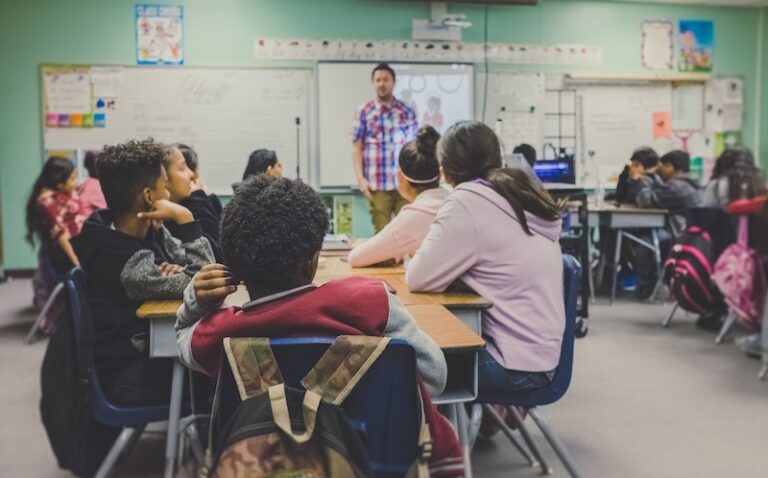WASHINGTON — Access to college has been the driving force in federal higher education policy for decades. But the Obama administration is pushing a fundamental agenda shift that aggressively brings a new question into the debate: What are people getting for their money?

Meanwhile, literacy among college students has declined in the last decade, according to a commission convened during the George W. Bush administration that said American higher education has become “increasingly risk-averse, at times self-satisfied, and unduly expensive.” About 40 percent of college students at four-year schools aren’t graduating, and in two-year programs, only about 40 percent of students graduate or transfer, according to the policy and analysis group College Measures.
College drop-outs are expensive, and not just for the individual. About a fifth of full-time students who enroll at a community college do not return for a second year, costing taxpayers hundreds of millions of dollars annually, according to an analysis released last fall by the American Institutes for Research.
There’s been a growing debate over whether post-secondary schools should be more transparent about the cost of an education and the success of graduates. President Barack Obama has weighed in with a strong “yes.”
More>>


